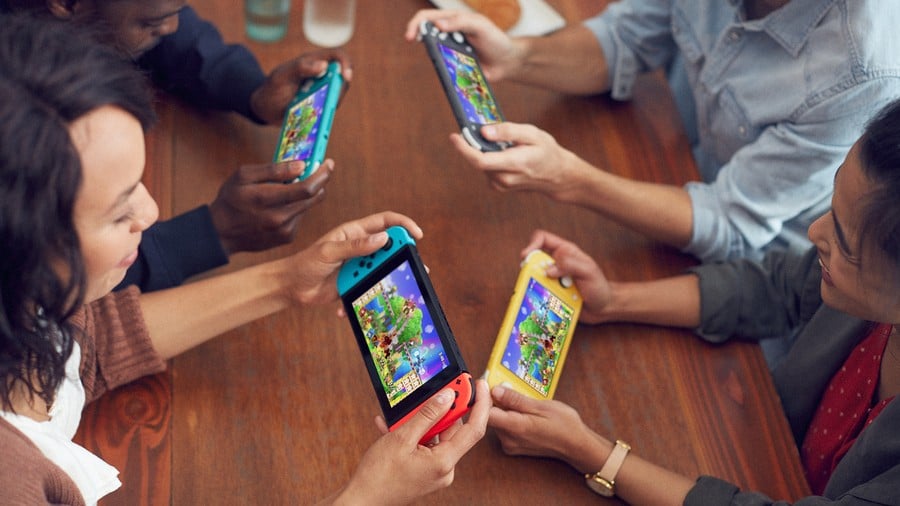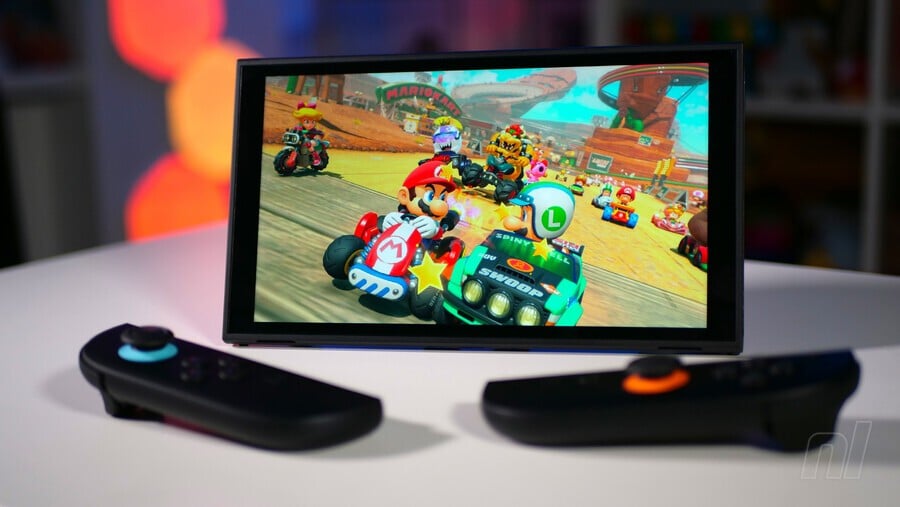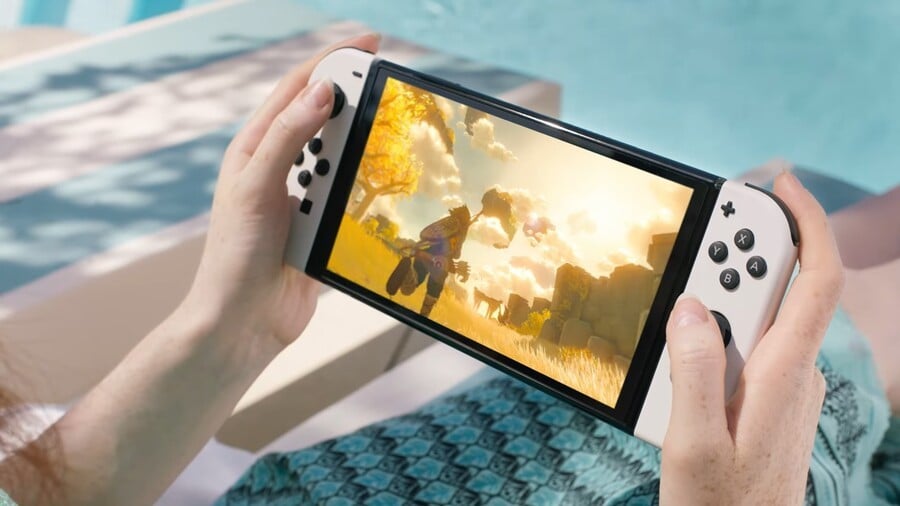
In June 2025, Nintendo launched Switch 2. With near-full backwards compatibility with Switch 1 games, plus support for 4K output and up to 120fps, it's Nintendo's premier console at the time of writing.
However, Switch 1 is still on sale in its various guises. The original Switch launched in March 2017, with the Switch Lite coming in 2019, and the Switch OLED Model joining the lineup in October 2021, all of which represent great value if you haven't got a Switch yet.
But is the Switch 2 better in all areas? What's the difference between Nintendo Switch consoles? In this guide, we offer several use cases and our advice to help you decide whether you should buy a new Switch 2 or investigate a cheaper Switch 1.
Subscribe to Nintendo Life on YouTube841k
We'll cover the advantages of each model, why Switch 2 and OLED are more expensive, and if Switch 2 is worth it.
On this page: Which Nintendo Switch Is Best For Me? Should I Buy A Switch 2?
What is the best Nintendo Switch? - Switch 1 & 2 buyer's guide
So, then, four Switches. Switch 2 is the latest and greatest - and the most expensive.
With Switch 1, each variant has slightly different technical specifications or features. Perhaps you're looking for the most powerful console, or maybe you just want something to play on the go.
Overview: What's the difference?
- The original, standard Nintendo Switch is a handheld hybrid console which is also playable on your television with two detachable controllers
- Switch OLED is very similar, with a bigger, better screen and more internal storage
- Switch Lite is a smaller, handheld-only version with controllers that don't detach from the device
- And Switch 2 is the next-generation model; so, more power, bigger screen, 4K support, and its own games, plus backwards compatibility
Next, we'll look at the basic features and offer advice as to which Switch you right for you.
Nintendo Switch versions - model comparisons
We've got a breakdown and comparisons for all four Switch models below, courtesy of the official Nintendo website. This includes what games are playable on each console, screen sizes, battery life, and internal memory.
| Details | Nintendo Switch 2 | Nintendo Switch | Nintendo Switch Lite | Nintendo Switch OLED |
|---|---|---|---|---|
| Play modes | TV Tabletop Handheld |
TV Tabletop Handheld |
Handheld | TV Tabletop Handheld |
| Playable games | All Nintendo Switch 2 games, 99.9% of Switch 1 games | All Nintendo Switch games | Switch games that support Handheld mode | All Nintendo Switch games |
| Dimensions | Height: 116mm Width: 272mm Thickness: 13.9mm |
Height: 102mm Width: 239mm Thickness: 13.9mm |
Height: 91.1mm Width: 208mm Thickness: 13.9mm |
Height: 102mm Width: 242mm Thickness: 13.9mm |
| Weight | Approx. 534g / 1.18 lbs (incl. Joy-Con 2) |
398g / .88lbs (incl. Joy-Con) | 275g / .61lbs | 420g / .93lbs (incl. Joy-Con) |
| Screen type/size | 7.9-inch LCD screen |
6.2 inch LCD touchscreen |
5.5 inch LCD touchscreen | 7.0 inch OLED touchscreen |
| Internal storage | 256GB | 32GB | 64GB | 32GB |
| Battery life | Approx. 2 - 6.5 hours | Approx. 4.5-9 hours (approx. 5.5 hours tested with Breath of the Wild) |
Approx 3-7 hours (approx 4 hours tested with Breath of the Wild) |
Approx. 4.5-9 hours (approx. 5.5 hours tested with Breath of the Wild) |
| Resolution (handheld) | 1080p | 720p | 720p |
720p |
| Resolution (docked) |
Up to 4K (2160p) | 1080p |
N/A |
1080p |
So, feature-wise, the essential improvements Switch 2 offers over the previous models are:
- Significantly more powerful with a bigger 1080p screen and a built-in mic
- A dock with 4K output
- Magnetic Joy-Con with mouse functionality
- 'Enhanced audio', so 'bigger, better' sound in handheld mode
- 256GB of internal storage (compared to 64GB with OLED, 32GB on the standard Switch)

Our Switch 2 hub guide includes a specs and feature breakdown. Our Switch 1 guide also covers the absolute 101 basics for the older system, and we've got plenty of specific guides on the tech and differences below, too:
- Nintendo Switch 2: Specs - How Powerful Is The New Switch?
- Nintendo Switch OLED Model Vs. Standard Switch / Switch Lite: Full Tech Specs Comparison
- Switch OLED Battery Life - How Does It Compare To The Switch And Switch Lite?
How much? - Switch Pricing Overview
Price-wise, the Switch 2 is the most expensive, carrying the premium price tag. In descending order:
- Switch 2: £395.99 / $449.99.
- Switch OLED:£309.99 / $399.99
- Switch (standard): £259.99 / $339.99
- Switch Lite: £199.99 / $229.99.
Nintendo Switch versions - Pros & Cons
Here we'll briefly run down the benefits and drawbacks of each Nintendo Switch model, starting with the newest.
Nintendo Switch 2

Is the Nintendo Switch 2 worth it? If only the best will do, Switch 2 is the premium model — the best Switch you can buy — and the one you want. While its in-built screen isn't quite as impressive as the old OLED model, the benefits outweigh that one negative.
Nintendo Switch OLED

Is it still worth getting an OLED Switch? It's still the premium Switch 1 model and remains a fantastic console if you're not ready to upgrade yet.
Graphically, beyond the improved screen, Switch OLED's visual fidelity is the same as the standard Switch and the Lite, so if you're putting the Switch OLED through a television, you won't see any difference whatsoever.